SBOS079C March 1999 – February 2023 OPA2277 , OPA277 , OPA4277
PRODUCTION DATA
- 1 Features
- 2 Applications
- 3 Description
- 4 Revision History
- 5 Pin Configuration and Functions
- 6 Specifications
- 7 Detailed Description
- 8 Application and Implementation
- 9 Device and Documentation Support
- 10Mechanical, Packaging, and Orderable Information
Package Options
Refer to the PDF data sheet for device specific package drawings
Mechanical Data (Package|Pins)
- D|8
- DRM|8
- P|8
Thermal pad, mechanical data (Package|Pins)
Orderable Information
6.8 Typical Characteristics
At TA = 25°C, VS = ±15 V, and RL = 2 kΩ, unless otherwise noted.
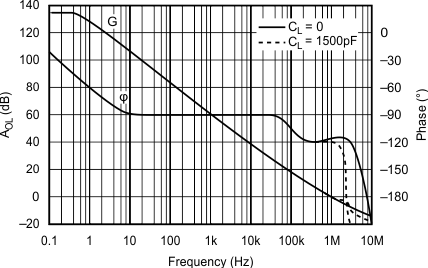
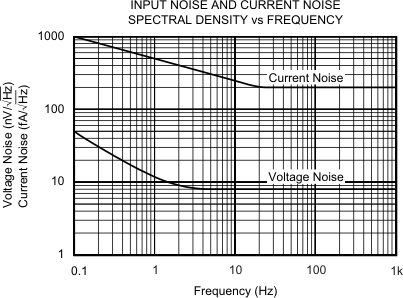
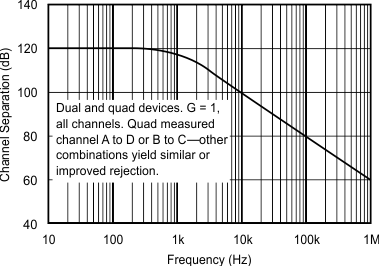
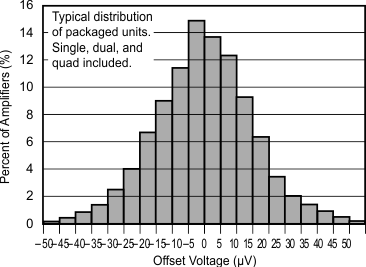
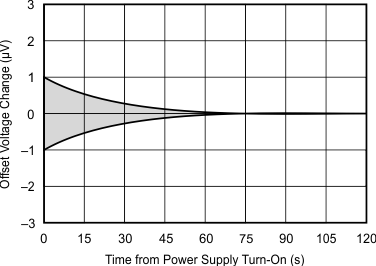
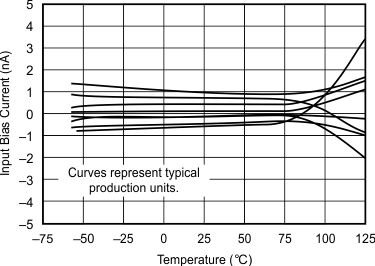
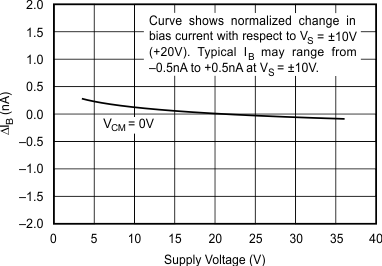
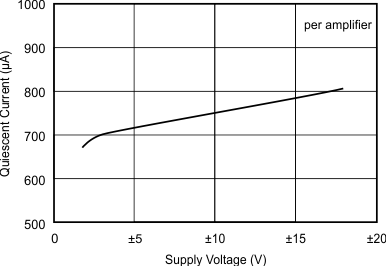
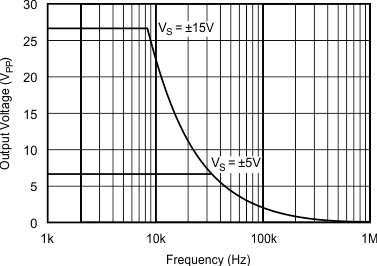
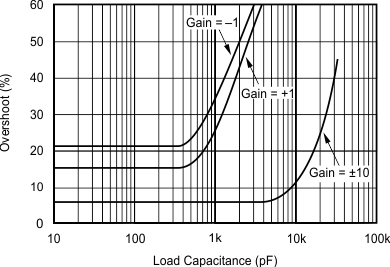
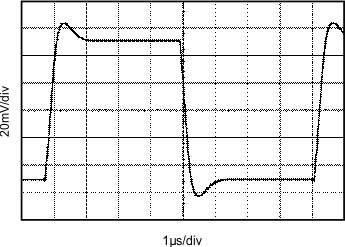
| G = 1, CL = 0, VS = ±15 V | ||
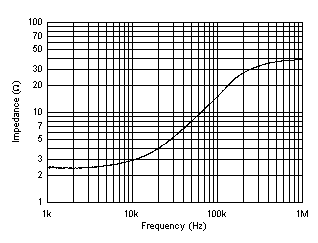
| VS = ±15 V | ||
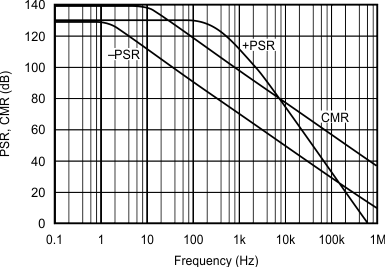
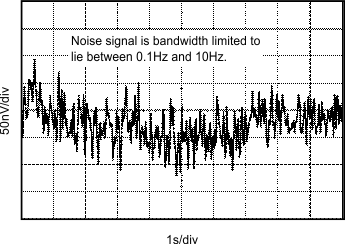
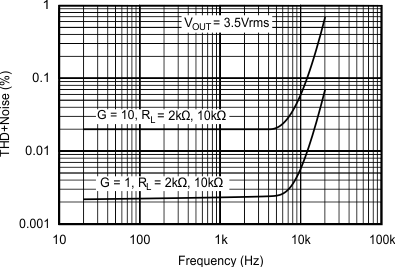
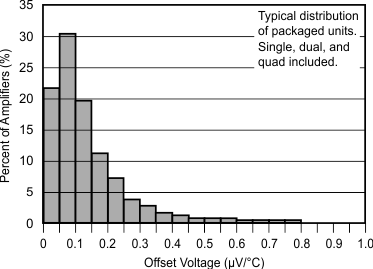
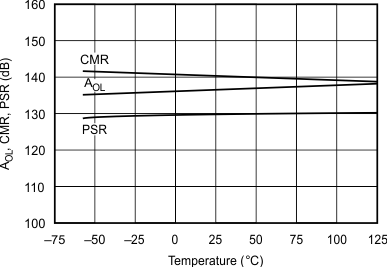
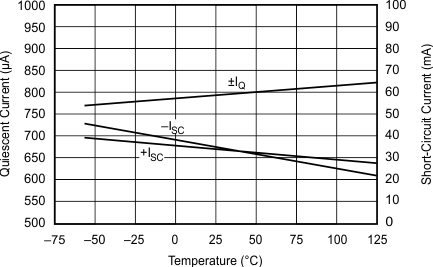
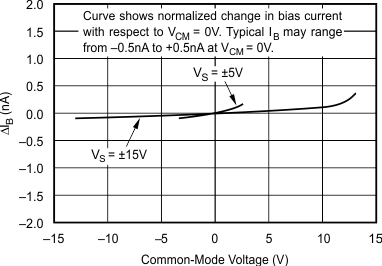
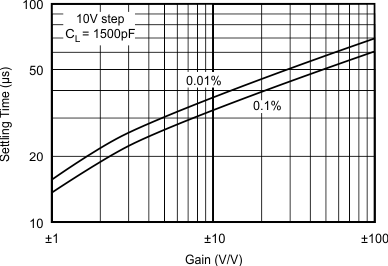
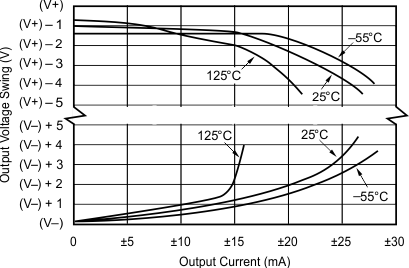
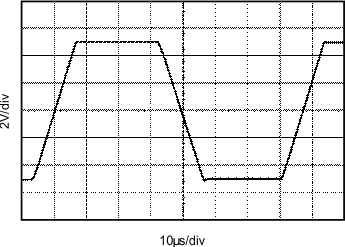
| G = 1, CL = 1500 pF, VS = ±15 V | ||
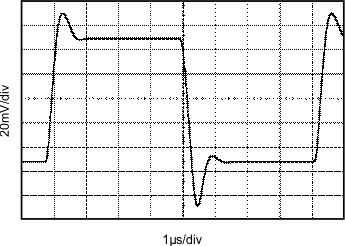
| G = 1, CL = 1500 pF, VS = ±15 V | ||